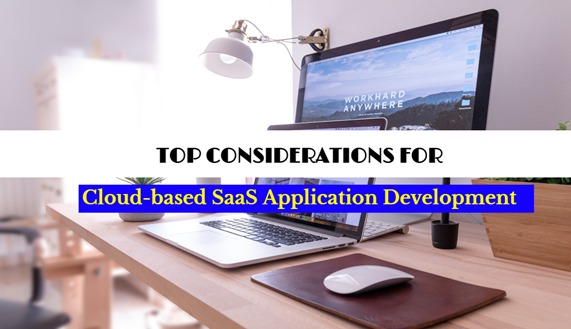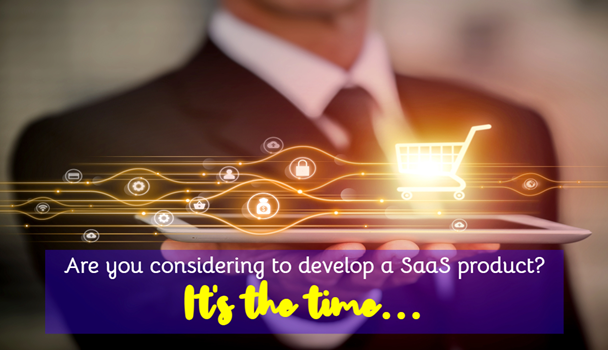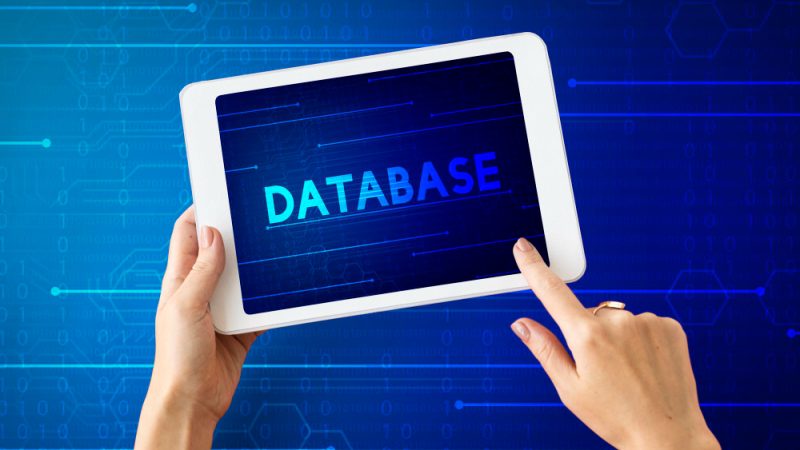Top Considerations for a perfect cloud-based SaaS Application Development

SaaS application development processes are a viable replacement for the traditional software business development model. It is popular among both users and software companies due to its high scalability, cost effectiveness and reliability.
With advancing technologies over the years, SaaS (Software-as-a-Service) has been growing in multiple domains as a service delivery and pricing model through various web applications and typical software platforms.
What is a SaaS application?
Delivering applications over the internet has become a prominent way of using software applications that frees’ the teams over traditionally complex hardware and software management. SaaS applications also known as on-demand software or hosted software run on cloud servers eventually managed by the provider giving access to software security and performance.
SaaS applications are designed to manage and protect privacy on a huge scale providing services that are reliable and secure. SaaS sometimes moves beyond standalone software functionalities that manage the most critical applications on different platforms such as DevOps.

SaaS business model is an approach to software delivery and maintenance where there is no lifetime license or version updates rather it keeps compliances via a subscription model. These cloud hosted services give you a handful of benefits such as:
Out of the many benefits of cloud-based SaaS application development model, we precisely discuss the best:
- High-cost Efficiency: Organizations using SaaS application services only need to pay for the used resources, not for any expensive hardware. Providers pay it all
- Security: Cloud security is always taken care of by the providers as servers hold a huge amount of data from different sources.
- Reliability: A network of servers that covers globally without any failure, you will always remain online with zero downtime.
- Scalability: A huge potential of computing processes that helps you upgrading or downgrading your plans according to your usage.
Users always have the access to latest versions of cloud-based software without any updates. It has many advantages over the on-premises application that create hectic management and security risks at times.
SaaS application software helps users to subscribe to the software without paying any upfront amount whereas in a traditional software development model users have to purchase the software, install it into their systems paying an upfront amount.
Other inefficacies include the traditional software to be licensed individually and need to be updated for a newer version each time it requires. But in SaaS applications, based on cloud solutions can be used across multiple devices with a single login without worrying about the updates as they can be instantly updated.
How organizations take advantage of the growing saas development market? Proactive planning for growth lies within an advantageous SaaS tech stack used…
“As per Newswire, the global international market for SaaS products was worth $135 billion back in 2018, however, it will likely be a $220 billion in 2022.”
Advantages of SaaS
A higher competence SaaS architecture has a colossal of benefits for organizations at present and in future also:
- Low upfront costs for users
- Lower upfront costs attract a larger customer base
- Needless to worry on updates or re-purchasing upgraded versions of software
- Security and downtimes can be trusted
- Always carries a trial period to check if services apt the user
- Allows longer-lasting revenue source for application developing organizations
SaaS applications are easier and seamless. It helps swift access to users through the website with the latest features and upgrades that leverage costs and high-end in-house management.
This competent business model helps towards a stable revenue source through subscriptions which in turn keeps developers ready with continuous up gradation to attract new customers to these cloud-based applications.
The SaaS model has quickly stormed into a market that purely benefits the customers as well as the developers. Applications developed under SaaS service architecture are tailored according to industry insights and as a bonus, several companies are outsourcing services with perfect SaaS tech stack to deliver the best to every business needs.

Top Considerations for SaaS Application Development
Software-as-a-Service (SaaS) attracts organizations across multiple niches investing their resources for cloud-based applications. Cloud applications are rapidly moving in generating revenue for software outsourcing services industry.
SaaS based architecture provides scalable and robust solutions to the seeking organizations at lower lost and leveraged in-house expenses. These make the process more rapid and agile tends to achieve greater business value. Before hiring software outsourcing services, companies must look at:
1. Multi-Tenancy
With cloud computing, multi-tenancy is found both in public and private environments allowing data to be separated from each other. Thus, same server can host multiple numbers of users as a matter of fact it leverages cost and can ideally secure a space for your business.
Multi-tenancy enhances scalability a standard for providing better revenue sources on investment for organizations with accelerated growth for tenants.
A multi-tenant architecture enables developers to leverage on common infrastructure and accessible codebase to upgrade on a timely basis that serves customers better economically with peace. Although this architecture shares common or joint infrastructure, the outsourcing or developing company generally ensures against any privacy violation and data misuse.
2.Scalability
SaaS applications, today are built with high end load-balanced servers that creates a strong layer between the data and the application which actively ensures the business logic and presentation layers are well separated.
SaaS applications are highly scalable as it enforces natural requirement of being elastic to leverage the cloud benefits. Scalability checks are layered and can be tested by putting applications under tests that architected over multiple layers within the application. The best practices to build a truly scalable SaaS application are:
- Plan your infrastructure and computational resources capacity proactively.
- Use asynchronous event-driven programming
- Make smart use of caching at various layers.
- Use the cloud computing platform to smartly allocate resources based on business segmentation
- Use auto-scaling and APM (Application Performance Monitoring) capabilities of the cloud platform smartly.
- Plan your load and performance testing adequately.
3. Security
Many outsourcing companies ensure top-level security to their provided SaaS applications at user-end. Many are concerned with security breaches caused by application vulnerability, threats to data and other potential risks. However, cloud infrastructure providers such as AWS (Amazon Web Services) ensures the company’s data is well segregated and accessible only to intended individuals.
The data encryption process helps to protect the stored data as well as the transiting data between the user and the cloud applications. Eventually, SaaS provider is responsible for securing the network applications and the physical infrastructure.
Data Loss Prevention software monitors sensitive data being downloaded, blocks malware and unauthorized accesses within a SaaS application.
4. Integration
Integration requires experience and experience is widely calculated from quality developers with equal efficacies. An experienced SaaS application development company ensures the requisite APIs to integrate with other SaaS applications while taking every precautionary measure to avoid security risks.
5. Zero Downtime
An outsourcing company should always tend to test downtime with recovery plans if a situation arises. Although service providers ensure or promise to 99% uptime, a situation can’t be avoided where servers being down or servers losing functionality at times.
Takeaway
SaaS technology holds a substantial number of benefits that promise leveraged costs, more agile performance and secured hosting. SaaS counts on managing the right technology and best practices to bank on on-premise applications for retaining control and ease of management in the customer’s favor. SaaS helps to scale the economy along with the ease of use at the same place.
Are you considering developing a SaaS product? It’s the time…






